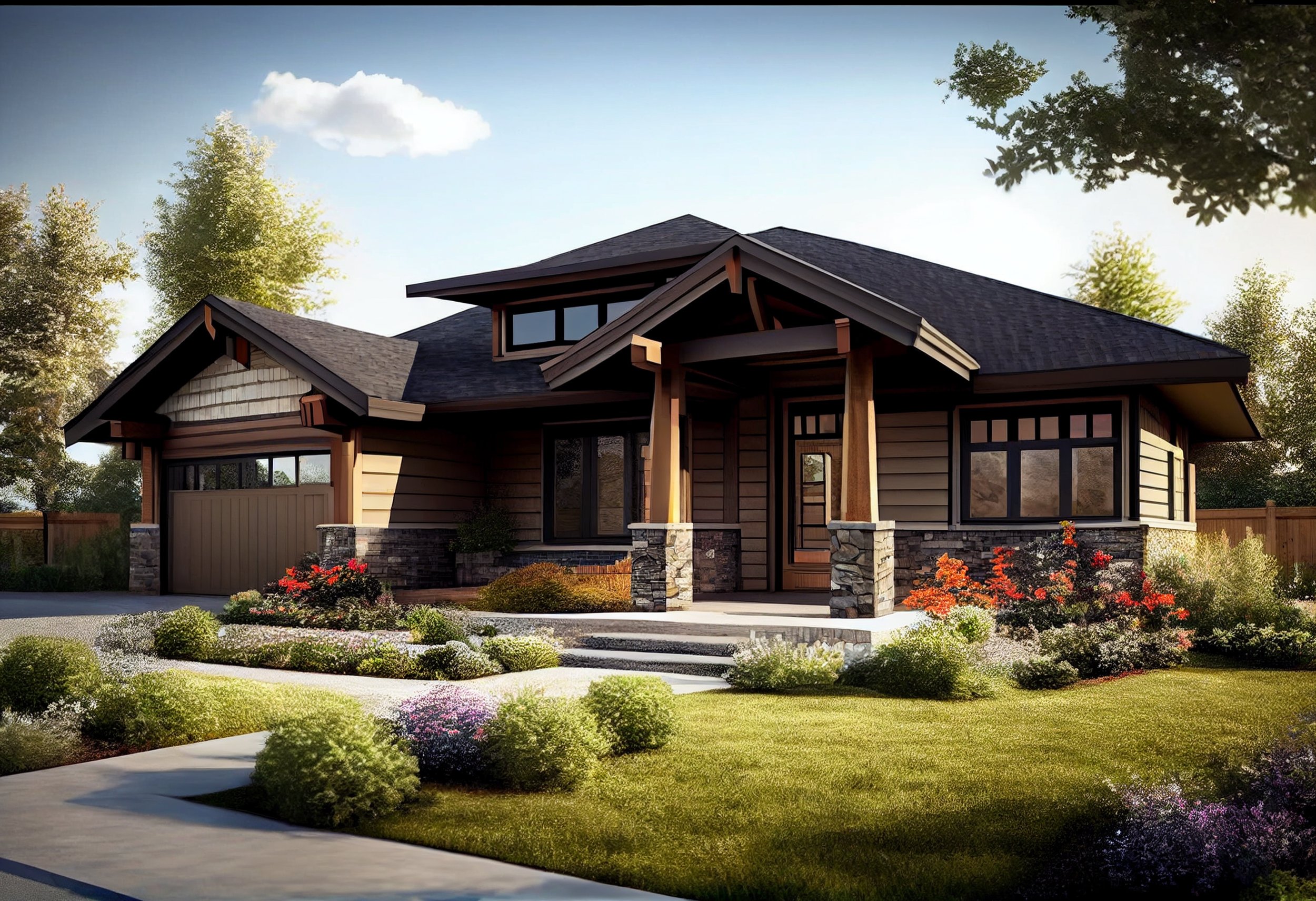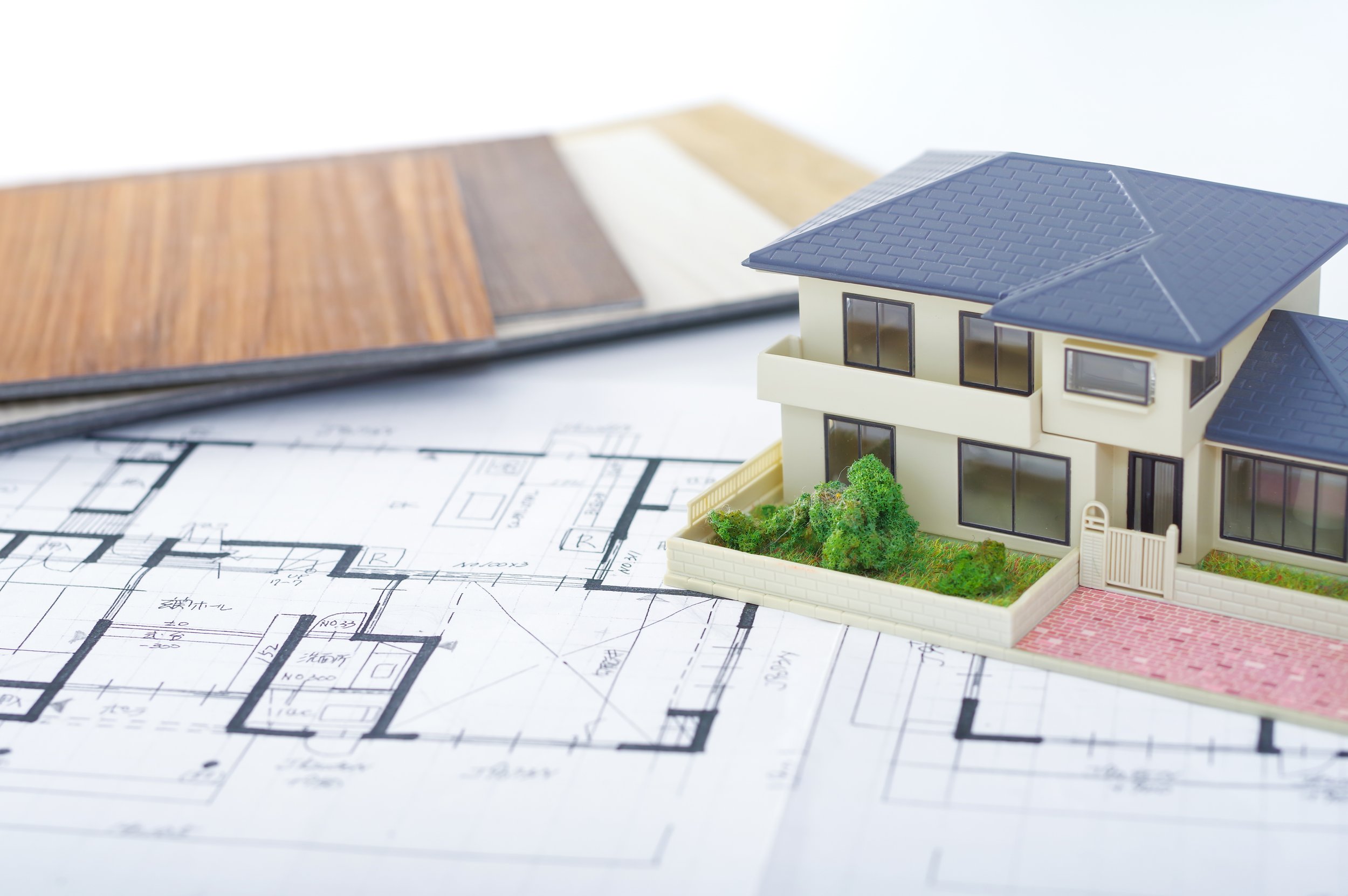Should Empty Nesters Build a Custom Home?
What is an Empty Nester?
An empty nester is an adult, typically aged 55 to 75, whose children have grown up and moved out of the family home, leaving them living alone or as a couple without dependent children.
Why Empty Nesters Should Consider a Custom Home Build
Empty nesters should consider custom home builds for the following reasons:
Right-Sized Living: Custom homes allow empty nesters to downsize to a space that fits their current needs such as reducing square footage while at the same time investing into maximizing comfort, usability, and luxury.
Aging-in-Place Features: Custom builds can incorporate accessibility elements like single-level layouts, no-step entries, wider doorways, care giver suits, en-suite rooms for family, and walk-in showers to support aging comfortably at home.
Lifestyle Personalization: With no kids at home, empty nesters can design spaces that reflect their current interests like hobby rooms, fitness studios, or upgraded kitchens for entertaining.
Energy Efficiency & Maintenance Savings: New custom homes can use the latest materials and systems, lowering energy bills and reducing upkeep, which is ideal for those simplifying finances.
Location Flexibility: Without needing to live near schools or work, empty nesters can choose peaceful, amenity-rich locations like walkable towns, golf communities, or near grandkids.
Boosted Resale Value: A well-designed, modern custom home with senior-friendly features can be more attractive to future buyers, especially other retirees and can be a good investment.
Emotional Fresh Start: Building new can be a positive way to transition from a family home, offering a fresh beginning and a space that suits who they are now, not just who they were.
Flexible Guest Space: Custom homes can include adaptable guest suites or dual-purpose rooms that accommodate visiting children or grandchildren without excess square footage.
Low-Stress Living: Many custom homes are built in communities with HOA services or managed landscaping, offering convenience for travel or seasonal living.
Legacy Planning: Custom layouts can be planned with future inheritance, caregiving, or multigenerational use in mind which helps support long-term family goals.
Financial Benefits of Building a Custom Home for Empty Nesters
There can be several financial benefits for empty nesters who choose to build a custom home, though these vary depending on location, individual circumstances, and specific features of the build.
One potential benefit is eligibility for property tax advantages. For example, in California, Proposition 19 allows homeowners aged 55 and older to transfer their existing property tax base to a new home of equal or lesser value, which can significantly reduce the tax burden when building or buying a new custom home. This can result in substantial long-term savings, especially in high-value markets like San Diego, Orange County, and LA.
Additionally, empty nesters may qualify for energy-efficiency tax credits and rebates if their custom home incorporates certain green building features. The government offers various tax credits for installing solar panels, energy-efficient windows, and HVAC systems, among other upgrades (though this may be impacted by legislation). Many states and local utilities also provide rebates or incentives for energy-saving construction practices, which can help offset some of the upfront costs of building.
In some cases, empty nesters who include accessibility features such as ramps, wider doorways, or walk-in showers which may be able to deduct these expenses as medical home improvements, provided they are medically necessary and prescribed by a healthcare professional. These deductions can ease the financial impact of making a home more age-friendly.
While direct grants for building a custom home are rare, empty nesters may find programs targeted toward low-to-moderate-income seniors or veterans, offering assistance with construction or remodeling costs. It’s worth researching local and state housing agencies or nonprofit organizations to explore such opportunities.
Finally, building a custom home can be seen as a long-term investment. Tailoring a home to current and future needs often reduces ongoing maintenance and modification costs, potentially saving money over time compared to purchasing and renovating an older home. Plus, a well-designed custom home in a desirable location may retain or increase its value better than resale properties, offering potential financial benefits when it comes time to sell or transfer the home.
Overall, while building a custom home requires significant upfront investment, empty nesters can leverage various tax incentives, rebates, and local programs to improve affordability and maximize financial benefits. Consulting with a tax professional and local housing authorities can help identify all available advantages based on individual circumstances.
Home Build Options & Amenities for Empty Nesters
The following are some home build options and amenities that empty nesters may consider when building a custom home:
Single-Level Floor Plans: Eliminate stairs for ease of mobility, safety, and future accessibility as needs change.
Open Concept Layouts: Create a spacious, airy feel that’s ideal for entertaining, relaxing, or staying connected with a partner.
Primary Suite on Main Floor: Prioritize a large bedroom with a walk-in closet and accessible en-suite bathroom for long-term comfort.
Dual Master Suites or Guest Suites: Offer privacy and comfort for visiting adult children, grandchildren, or future caregivers.
Low-Maintenance Exterior Materials: Use brick, stucco, or fiber cement siding, along with composite decking, to reduce upkeep over time.
Smart Home Technology: Install features like voice-controlled lighting, smart thermostats, doorbell cameras, and security systems for convenience and peace of mind.
Age-in-place Design Elements: Include wider doorways, lever-style handles, step-free showers, and grab bar reinforcements to support your future lifestyle.
Energy-Efficient Systems: Incorporate solar panels, tankless water heaters, high-efficiency HVAC, and insulated windows to reduce utility bills.
Flex Spaces: Add rooms that can evolve such as a home office, craft space, home gym, or media lounge.
Outdoor Living Areas: Build patios, covered porches, or low-maintenance gardens to enhance daily living without excessive yard work.
Smaller, Smarter Kitchens: Include pull-out shelves, drawer microwaves, under-cabinet lighting, and easy-reach storage for convenience.
Attached Garage with Extra Storage: Design for easy access and include space for hobby gear, seasonal decorations, or bikes.
Laundry Room Near Primary Suite: Reduce steps and make chores more efficient by placing laundry near the main bedroom.
Minimalist Landscaping: Opt for drought-tolerant or native plants with irrigation systems for easy maintenance.
Pet-Friendly Features: Consider built-in pet nooks, wash stations, or fenced yards if pets are part of retirement living.
What is the Best Size House for Empty Nesters?
The best size house for most empty nesters typically falls between 1,500 and 2,500 square feet. This range offers a practical balance such as large enough to live comfortably and host guests, yet small enough to reduce maintenance, utility costs, and unnecessary space. Many empty nesters opt for one-level homes in this size range, which supports aging in place and eliminates the need for stairs. These homes often include an open-concept living area, a spacious primary suite, one or two guest rooms or flex spaces (like a home office or hobby room), and features like a laundry room near the primary bedroom or a covered outdoor patio. The size is also ideal for incorporating universal design features and energy-efficient systems, while still maintaining a sense of openness and comfort. For those seeking a simpler, lower-stress lifestyle without sacrificing livability or the ability to entertain, a home in the 1,500–2,500 sq ft range is often the ideal fit.
Is San Diego a Good Place for Empty Nesters to Live?
Yes, San Diego is considered a great place for empty nesters to live, thanks to its combination of mild climate, lifestyle amenities, healthcare access, and diverse housing options.
With year-round sunshine and moderate temperatures, San Diego offers an ideal environment for outdoor living, walking, and staying active without the challenges of extreme weather. It’s a lifestyle that naturally supports healthy aging.
Beyond the climate, San Diego is home to some of the highest-ranked hospitals in the country. UC San Diego Health consistently ranks among the top hospitals nationally, including recognition in geriatrics, cardiology, and orthopedics by U.S. News & World Report. Scripps Health and Sharp HealthCare also provide nationally recognized care with a wide network of specialists.
For older adults planning to age in place, having access to world-class healthcare close to home is a major advantage and San Diego delivers on that front. For those looking to downsize or build a custom home, San Diego County includes many quiet, suburban communities such as Carlsbad, Poway, and Rancho Bernardo that offer peaceful neighborhoods with parks, golf courses, and community centers. In addition, empty nesters benefit from California’s Proposition 19, which allows eligible homeowners aged 55+ to transfer their property tax base to a new home, even if it’s more expensive.
Culturally, San Diego offers access to museums, music venues, beaches, and dining, giving retirees and pre-retirees an active, enriching lifestyle. Whether it’s morning walks along the coast, volunteering, or joining local clubs, San Diego provides a wide range of opportunities to stay socially and mentally engaged.
The main trade-offs are the cost of living and housing prices, which are significantly higher than the national average. However, for many empty nesters with built-up home equity or strong retirement resources, the quality of life, beauty, and services in San Diego can make it well worth the investment.
Other Options for Empty Nesters
Empty nesters have a wide range of home options beyond building a custom home, each suited to different lifestyles, budgets, and long-term goals.
One of the most popular choices is downsizing to a smaller existing home. This helps reduce maintenance, utility bills, and property taxes while still maintaining ownership. Another great option is buying in a 55+ or active adult community, which often includes age-friendly features, shared amenities, and a built-in social network which is perfect for those seeking an engaging, low-maintenance lifestyle.
Some empty nesters opt for condos or townhomes, which offer HOA-managed upkeep and often come with amenities like fitness centers and pools. These are particularly appealing for those who want to simplify without giving up comfort or location. Others choose to move closer to family, especially adult children or grandchildren, to strengthen family bonds and access support as they age.
For those seeking flexibility, renting instead of buying can be a smart move. It allows empty nesters to free up home equity, avoid long-term maintenance responsibilities, and retain the freedom to relocate or travel. On the other hand, financially secure couples may invest in a second home for seasonal living, allowing them to enjoy a “snowbird” lifestyle and split time between climates.
Some choose multigenerational living, building or buying homes with in-law suites or separate quarters to accommodate adult children or aging parents. Others invest in properties with Accessory Dwelling Units (ADUs) or duplexes for rental income or caregiver housing. Alternatively, some empty nesters stay in their longtime family home but remodel to suit their needs, converting unused spaces and adding accessibility upgrades.
Lastly, cohousing or shared living arrangements are gaining popularity, where friends or like-minded adults buy or share a home together to lower costs and combat loneliness. Each of these options provides a viable path to comfort, community, and long-term security for empty nesters in their next chapter of life.
Build Your Home in San Diego With Buildable
Building a custom home takes an immense amount of time and effort, but with the right team, the end result will be well worth it. The process can appear overwhelming to those who start the journey alone; however, building your dream home can be simple when you approach the process with experts by your side who can guide you through every step. Buildable specializes in modest semi luxury and luxury custom home construction, meaning we have the experts on our team that you need to have a stress-free home build, and create the luxury home of your dreams. We have over 40 years of home building experience within our team, and over 1,000 homes built. Read about our team, talk to us, and get the answers to questions you may have about starting the custom home building process in San Diego, Orange County, or Los Angeles.
Read More About:





